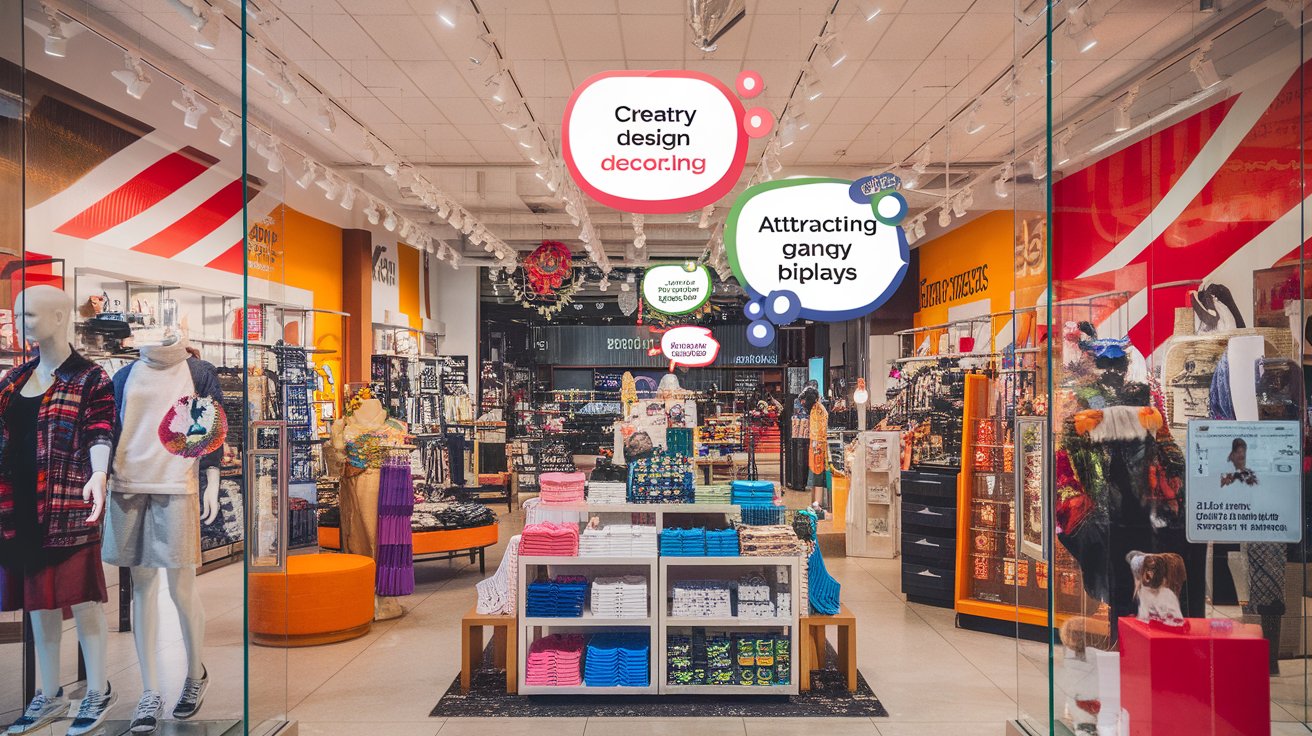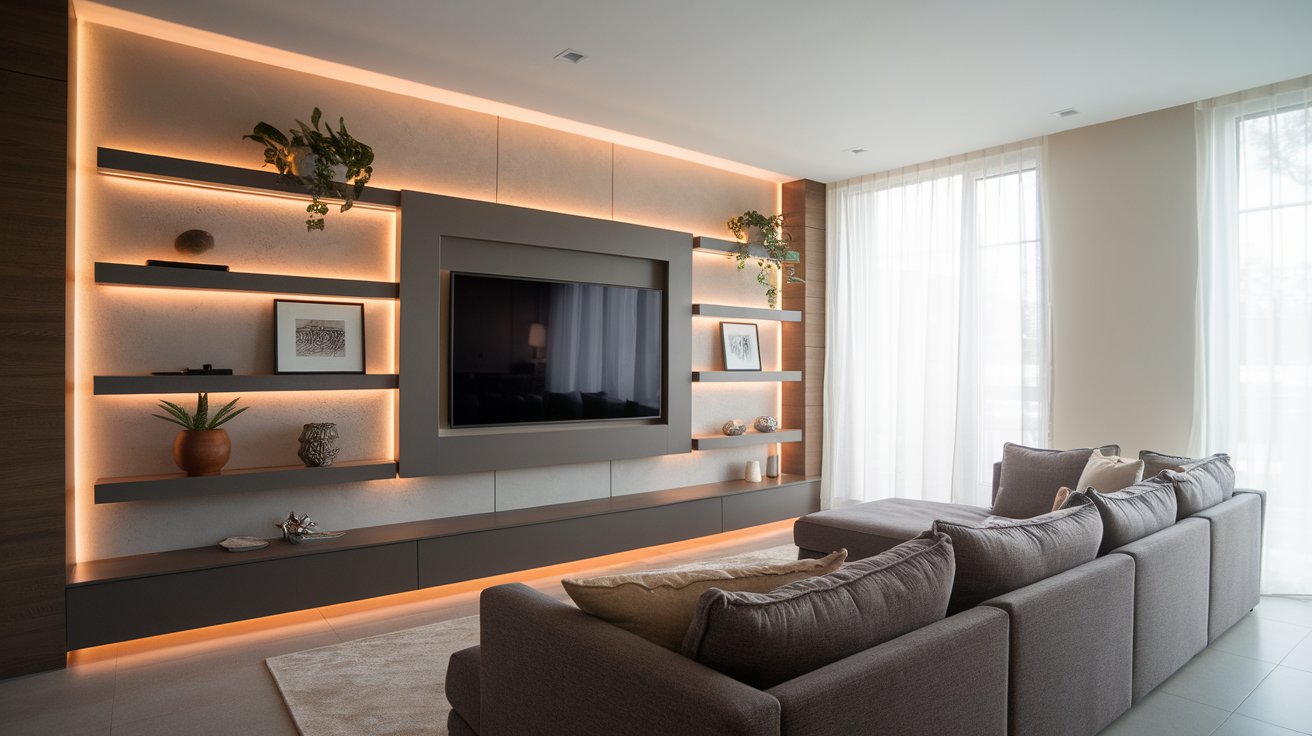Introduction
In the heart of the home, the kitchen serves not only as a place for cooking but also as a gathering area for family and friends. One of the most significant components of this space is the kitchen cabinet, which plays a crucial role in both the functionality and aesthetic appeal of the room. Today, kitchen cabinet designs are varied and abundant, ranging from minimalist frameworks to more ornate and traditional styles, catering to every taste and functionality need. This article delves into the latest designs and features that can transform your kitchen into a modern culinary haven.
As we move forward, it is essential to understand that kitchen cabinets are no longer just storage solutions but integral elements that enhance the overall kitchen design. With advancements in materials and technology, cabinets can now incorporate features such as built-in lighting, soft-close mechanisms, and space-saving designs that cater to the efficiency of modern cooking. Throughout this article, we will explore various styles, materials, and functional solutions that will inspire your kitchen cabinet selection.
The Evolution of Kitchen Cabinets: A Modern Culinary Upgrade
From Functionality to Aesthetic Appeal
The transformation of kitchen cabinets from the early 20th century to the present day reflects not only changes in materials but also in lifestyle and culinary practices. Initially, kitchen cabinets were simple, utilitarian pieces made predominantly from wood, often built into the architecture of homes. As the industrial revolution progressed, mass production allowed for greater access to these essential fixtures, leading to uniformity in style and function.
Throughout the 1920s and 1930s, kitchens began to embrace functional design, emphasizing convenience and efficiency. The introduction of built-in cabinetry transformed kitchens, organizing space and providing designated areas for appliances and utensils. Materials such as plywood became prevalent, offering a cost-effective alternative to solid wood. The focus during this period was on maximizing functionality while keeping costs low.
Post-War Innovations and Choices
The post-World War II era brought about a cultural shift, as families began to prioritize comfort and aesthetic appeal in their kitchen spaces. The introduction of laminates allowed for colorful, easy-to-clean surfaces, making kitchens not just functional but visually inviting. This period also saw the rise of open-concept floor plans, leading to an integration of kitchen and living spaces, which prompted changes in cabinet design to make them more visually appealing from different vantage points.
Into the 1970s and 1980s, kitchen cabinetry further diversified. If the previous decades focused on convenience and utility, the later years emphasized customization and personalization. Homeowners started seeking unique styles, opting for custom cabinetry that showcased individual taste and made a statement. The introduction of hardware options, intricate molding, and a wider array of materials, including metals and glass, became common.
By the late 20th century and into the 21st century, the focus shifted towards sustainable materials and eco-friendly designs. Advances in technology enabled the production of cabinetry that is not only stylish but also durable and environmentally friendly. Modern cabinets now utilize materials like bamboo, reclaimed wood, and even recycled plastics, offering homeowners both aesthetic and ethical choices.
The evolution of kitchen cabinets illustrates a fascinating journey that reflects broader trends in society—from humble beginnings rooted in utility to modern designs prioritizing both functionality and aesthetics. Today, kitchen cabinetry is a crucial element in creating a cohesive and stylish culinary space that aligns with the lifestyle demands of contemporary homeowners.
Modern Design Trends in Kitchen Cabinets: Popular Aesthetics and Functional Solutions
The landscape of kitchen cabinet designs has evolved dramatically, reflecting contemporary preferences that favor both aesthetics and practicality. Modern trends lean heavily towards minimalism and mid-century modern styles, characterized by clean lines, functionality, and a dedication to simplicity that enhances culinary spaces.
The Allure of Minimalism
Minimalism emphasizes a ‘less is more’ philosophy, promoting an uncluttered, streamlined look. This trend resonates with homeowners seeking a serene cooking environment. In minimalist kitchen cabinets, an emphasis on flat-panel doors creates a seamless appearance, avoiding ornate details or excessive hardware.
Color choices play a significant role in achieving this aesthetic. Soft neutrals like whites, grays, and beiges are favored, often paired with contrasting accents in darker shades for depth. These muted tones allow for easy coordination with various countertops and backsplash materials. Additionally, handles and knobs are frequently replaced with integrated pulls or touch-release mechanisms, further contributing to the sleek appearance.
Storage solutions are also a key focus within minimalist designs. Concealed shelves and pull-out drawers optimize space and keep clutter hidden, giving a polished look that is both functional and visually appealing.
The Mid-Century Modern Influence
Mid-century modern design celebrates artistry and functionality, drawing inspiration from the design movements of the 1950s and 60s. Characterized by vibrant colors, geometric forms, and an emphasis on natural materials, this trend brings warmth and personality to kitchen spaces.
Cabinets crafted in this style often incorporate rich wood grains, such as walnut and teak, and feature tapered legs or open shelving that evoke a sense of vintage charm. The aesthetic often mixes bright, bold colors with timeless neutrals, allowing for playful contrasts that enliven the kitchen atmosphere.
Mid-century modern cabinetry also emphasizes functionality, with innovative storage solutions that maximize organization. Revolving shelves, slide-out trays, and smart dividers enhance accessibility, ensuring that the kitchen remains not just stylish but also practical.
As both minimalism and mid-century influences continue to inspire modern kitchen cabinet designs, homeowners are afforded a range of options that cater to their preferences for style and practicality. These trends reflect a broader aesthetic evolution, blending art with efficiency in the heart of the home.
Materials that Make a Difference in Kitchen Cabinet Construction
The choice of materials used in kitchen cabinet construction significantly impacts both aesthetics and functionality. From traditional hardwoods to modern engineered materials, each option brings unique advantages and drawbacks that can influence the overall design and usability of your kitchen.
Wood: Timeless Elegance and Durability
Wood is a classic material for kitchen cabinets, favored for its natural beauty and warmth. Hardwoods, such as oak, cherry, and maple, are particularly popular due to their strength and ability to withstand wear over time. The advantages of using wood include:
- Timeless appeal that enhances the kitchen’s overall look.
- Availability in a variety of finishes and stains, allowing for customization.
- Natural insulation properties that contribute to energy efficiency.
Wood cabinets can be susceptible to moisture, making them prone to warp or rot in humid environments. Regular maintenance, like refinishing or sealing, is essential to ensure their longevity.
Particleboard and MDF: Cost-effective Precision
Particleboard and medium-density fiberboard (MDF) are engineered wood products often used in modern cabinetry. These materials are composed of wood fibers bonded together, providing a smooth surface that’s perfect for painting or laminate finishes. Benefits include:
- Affordability, making them an attractive choice for budget-conscious homeowners.
- Uniformity in size and shape, minimizing the risk of warping.
- Design versatility, compatible with various finishes.
On the downside, particleboard and MDF may not possess the same durability as solid woods and can be more vulnerable to damage from water or heat if not properly sealed.
Metal: Industrial Strength and Modern Aesthetics
Metal cabinets, often constructed from stainless steel or aluminum, are gaining traction in contemporary kitchen designs. Their distinct appearance brings an industrial flair, appealing to those who appreciate modern aesthetics. The advantages of metal cabinetry include:
- Exceptional durability and resistance to moisture and heat.
- Easy maintenance, with simple cleaning and resists staining.
- Recyclability, contributing to an eco-friendly kitchen environment.
Nevertheless, metal cabinets can be more expensive and may require a specific design to ensure they blend smoothly with other materials in the kitchen.
Choosing the right material is crucial for achieving a modern culinary upgrade. The decision should align with both personal style and practical needs, paving the way for a kitchen that is both functional and inviting.
Functional Features to Enhance Your Cabinets: Key Innovations for Modern Kitchen Design
Optimizing Usability with Smart Cabinet Solutions
When considering a modern culinary upgrade, the usability of kitchen cabinets plays a pivotal role. While aesthetic appeal is essential, functional features can significantly enhance the experience of using your kitchen. Innovations in cabinet design now include a range of solutions aimed at maximizing efficiency, providing convenience, and improving organization.
One of the standout features designed to improve usability is the incorporation of pull-out shelves. These shelves allow for easy access to items stored in the back of cabinets, reducing the strain of reaching deep into dark corners. They are especially beneficial for heavier kitchen appliances and cookware, allowing users to pull out the shelf fully and view the contents without any hassle. This design not only optimizes space but also minimizes the risk of accidents by preventing users from overreaching or stumbling over other items.
Another functional enhancement gaining popularity is built-in lighting within cabinets. LED strip lights or puck lights can illuminate the interior of cabinets or shelves, making it simpler to find smaller items often lost in shadowy corners. This innovative lighting option can also add a touch of elegance to your kitchen when showcased through glass-front cabinets, highlighting colorful dishware or unique storage solutions.
Soft-close mechanisms represent another excellent functional feature, providing a gentle closure for cabinet doors and drawers. This not only prevents slamming but also enhances the durability of your cabinetry, as it reduces wear and tear over time. Soft-close features are especially beneficial in busy kitchens, where mishaps can inadvertently happen—creating a child-friendly environment while maintaining the kitchen’s polished look.
Integrating modular organizational systems into kitchen cabinets can greatly enhance the functionality of your culinary space. These may include pull-out spice racks, customized dividers for utensils, or even built-in recycling and compost bins. Such tailored solutions can transform your cabinets into efficiently organized spaces, saving time during meal prep and encouraging a cleaner kitchen environment.
Incorporating these functional features not only improves the overall utility of your kitchen cabinets but also aligns with the contemporary focus on seamless design. As you consider ways to elevate your culinary space, remember that practical enhancements can marry elegance with efficiency, creating a kitchen that truly meets your modern-day cooking needs.
Choosing the Right Style for Your Kitchen: Selecting Cabinetry That Complements Your Culinary Space
When it comes to kitchen cabinet designs for a modern culinary upgrade, choosing the right style is paramount. The cabinetry should not only enhance the functionality of the kitchen but also align with the overall aesthetic vision of the space. With a variety of designs available, it’s essential to pinpoint a style that matches your culinary needs, lifestyle, and home decor.
Understanding Your Kitchen’s Layout and Theme
Before selecting cabinetry, analyze the layout of your kitchen. Open-concept kitchens may benefit from cohesive cabinetry that flows seamlessly into adjacent spaces, while more defined layouts can accommodate standalone or contrasting styles. For example, if your kitchen leans towards a modern industrial theme, consider cabinets with clean lines and metallic accents to tie the design together. Conversely, a farmhouse style may call for rustic wooden cabinetry with vintage hardware.
Make a checklist of the elements you envision for your kitchen. Think about how often you cook, the amount of storage you require, and whether you prefer sleek, unobtrusive designs or bold, statement-making cabinetry. Take note of complementary materials—such as countertops and backsplashes—to ensure your cabinetry enhances, rather than detracts from, the overall design.
Choosing the Right Cabinet Materials and Finishes
Cabinet materials play a significant role in both aesthetics and function. Solid wood offers a traditional feel and durability, while MDF (medium-density fiberboard) is a budget-friendly alternative. Consider laminate finishes for a contemporary look that’s easy to maintain. Each material can evoke a different ambiance, so align your choice with the kitchen’s intended atmosphere.
Finishes can elevate your cabinetry style considerably. Matte finishes have a modern appeal, while glossy surfaces reflect light, adding a touch of sophistication. If your kitchen has a gelled design, consider two-tone cabinetry to create visual interest—such as pairing darker lower cabinets with lighter upper ones. The interplay of colors and materials can define the overall ambiance of your culinary space.
Keep in mind that selecting the right cabinetry requires balancing aesthetics with practicality. Ultimately, your cabinets should not only be a reflection of your taste but also serve the functional purposes essential for an efficient kitchen workflow. As you transition towards the next chapter, consider how the colors you select will further define your kitchen’s mood and composition.
The Role of Color in Kitchen Cabinet Design
Impact of Color on Mood and Design
The color palette of kitchen cabinets plays a pivotal role in shaping the atmosphere and aesthetic coherence of the space. Unlike any other element in kitchen design, color has the unique ability to influence emotions, perceptions of space, and even the functionality of the cooking area. A thoughtfully chosen cabinet color can breathe life into a kitchen, making it feel more spacious, warm, and inviting.
When contemplating color options, it is beneficial to consider the overall style and purpose of the kitchen. Lighter shades, such as soft whites and pastel colors, tend to brighten up the environment and create an illusion of expansiveness. This is particularly advantageous in smaller kitchens where maximizing space is key. These hues promote a clean, airy feel, perfect for fostering a serene culinary atmosphere.
On the other hand, darker shades, like deep navy or charcoal, can impart a sense of sophistication and drama. While they can make a bold design statement, such colors may visually shrink space if not balanced with adequate lighting and complementary elements. To offset this, adding metallic accents or light-colored countertops can mitigate any heaviness associated with darker cabinetry.
Consideration of trends versus personal preference is also crucial. While popular colors such as sage green or soft gray may dominate contemporary aesthetics, it’s essential to select colors that resonate individually. A unique color choice, such as bold yellows or rich burgundies, can be a defining feature that showcases personality while harmonizing with the kitchen’s overall design scheme.
Creating Cohesion with Color
To maintain visual harmony, pairing cabinet colors with countertops, backsplashes, and appliances is vital. A cohesive color story creates a seamless transition that elevates the design. A strategic approach could involve using two-tone cabinetry, where upper cabinets are lighter to promote openness while lower cabinets add depth with a darker hue. This method not only enhances functionality but also adds a layer of visual interest, making the kitchen appear more dynamic.
Selecting the right color for kitchen cabinets is a powerful design decision that extends beyond mere aesthetics. It influences the mood and encourages creativity in the culinary workspace. By understanding the impact of color, homeowners can achieve a modern kitchen that feels both inviting and stylish, facilitating a pleasurable cooking experience.
Maintenance and Care for Kitchen Cabinets: Essential Practices for Longevity
Understanding Different Cabinet Materials
Effective maintenance for kitchen cabinets largely depends on the materials used in their construction. Each type has unique cleaning requirements and care instructions that, if adhered to, can keep your cabinets looking pristine for years. Common materials include wood, laminate, metal, and painted finishes.
Solid wood cabinets require regular attention as they are susceptible to moisture and temperature changes. To care for them, use a soft, damp cloth to wipe away grime and spills, followed by a dry cloth to prevent water damage. A periodic application of wood conditioner or polish can enhance their finish and prevent drying or cracking.
Laminate cabinets, known for their affordability and diverse design options, are less demanding. A simple mixture of mild soap and water is suitable for cleaning, although abrasive cleaners should be avoided to prevent scratching the surface. Frequent dusting with a microfiber cloth will also help maintain their shine without risking damage.
Metal cabinets, often associated with modern industrial designs, can be cleaned with a cloth and a non-corrosive cleaner. Over time, oils and fingerprints can accumulate, so a routine cleaning schedule will keep them looking sharp. Be cautious about rust; if any appears, addressing it quickly with rust remover is crucial.
General Care Tips for Longevity
Regardless of the cabinet type, there are several universal maintenance tips to uphold their quality:
- Avoid Excessive Moisture: Keep cabinets dry and ventilated, particularly around cooktops and dishwashers.
- Use Mild Cleaning Agents: Strong chemicals can erode finishes. Opt for gentle solutions to protect surface integrity.
- Avoid Direct Heat: Use heat shields when placing hot items on cabinets to prevent warping or discoloration.
- Keep Hardware Secure: Regularly check hinges, knobs, and handles to prevent loosening that can cause misalignment.
- Organize Contents: Avoid overloading cabinets, which could lead to damage or wear over time.
With the right care tailored to the specific material, your cabinets will not only enhance the aesthetics of your kitchen but also maintain their functional purpose for an extended period.
Conclusions
Kitchen cabinets have evolved significantly, matching the demands of contemporary design while still serving their primary purpose of storage and organization. The range of styles available today—from sleek, modern finishes to rustic, traditional looks—ensures that every homeowner can find an option that complements their kitchen space. Additionally, innovative features and ergonomic designs enhance not only the aesthetic appeal but also the functionality of modern kitchens.
Whether you are looking to renovate your entire kitchen or simply upgrade your cabinets, the choices available can lead to an impressive culinary upgrade. Investing in the right kitchen cabinets can transform your cooking experience, making it not only more enjoyable but also tailored to your unique lifestyle and preferences.
















